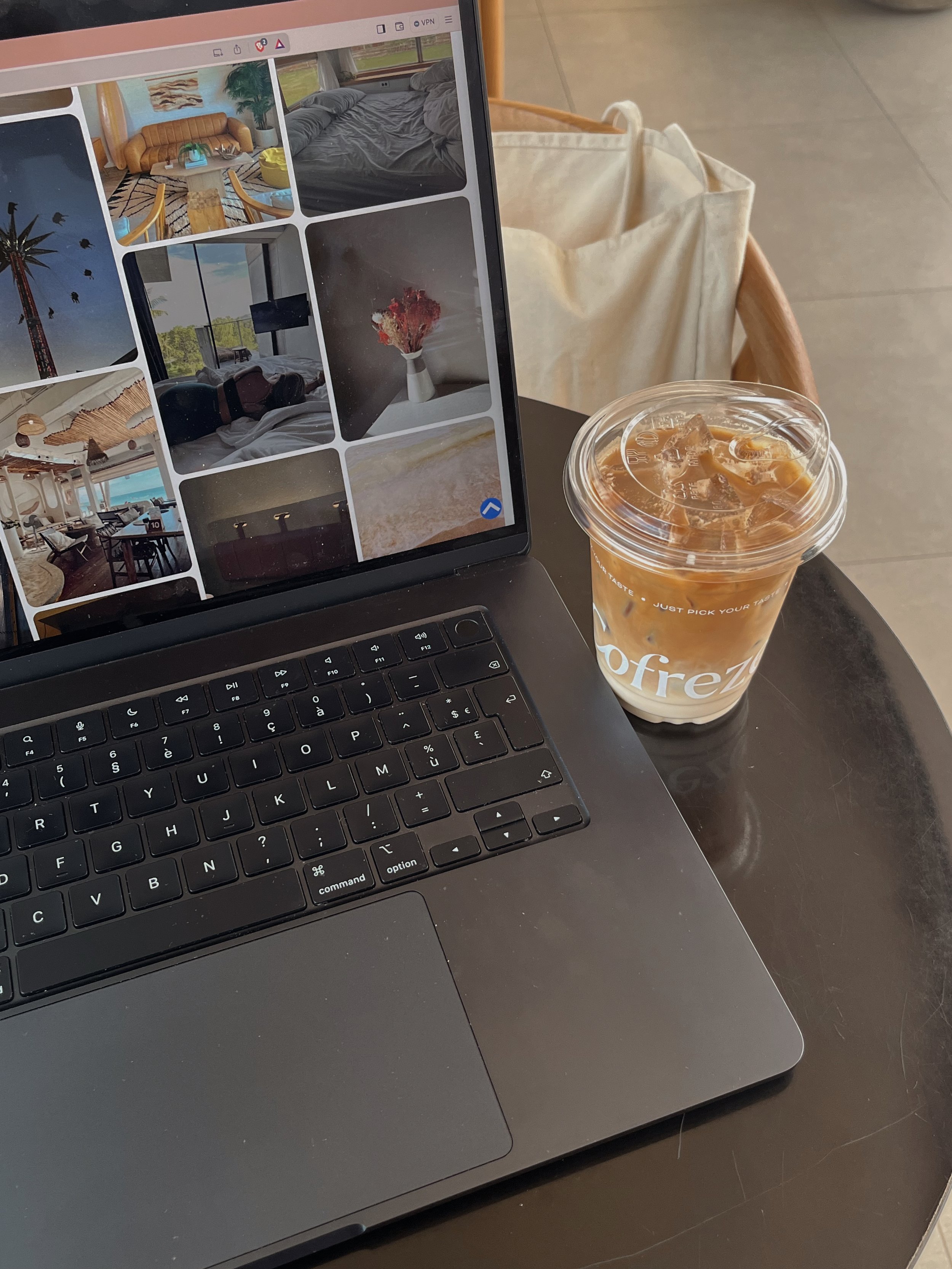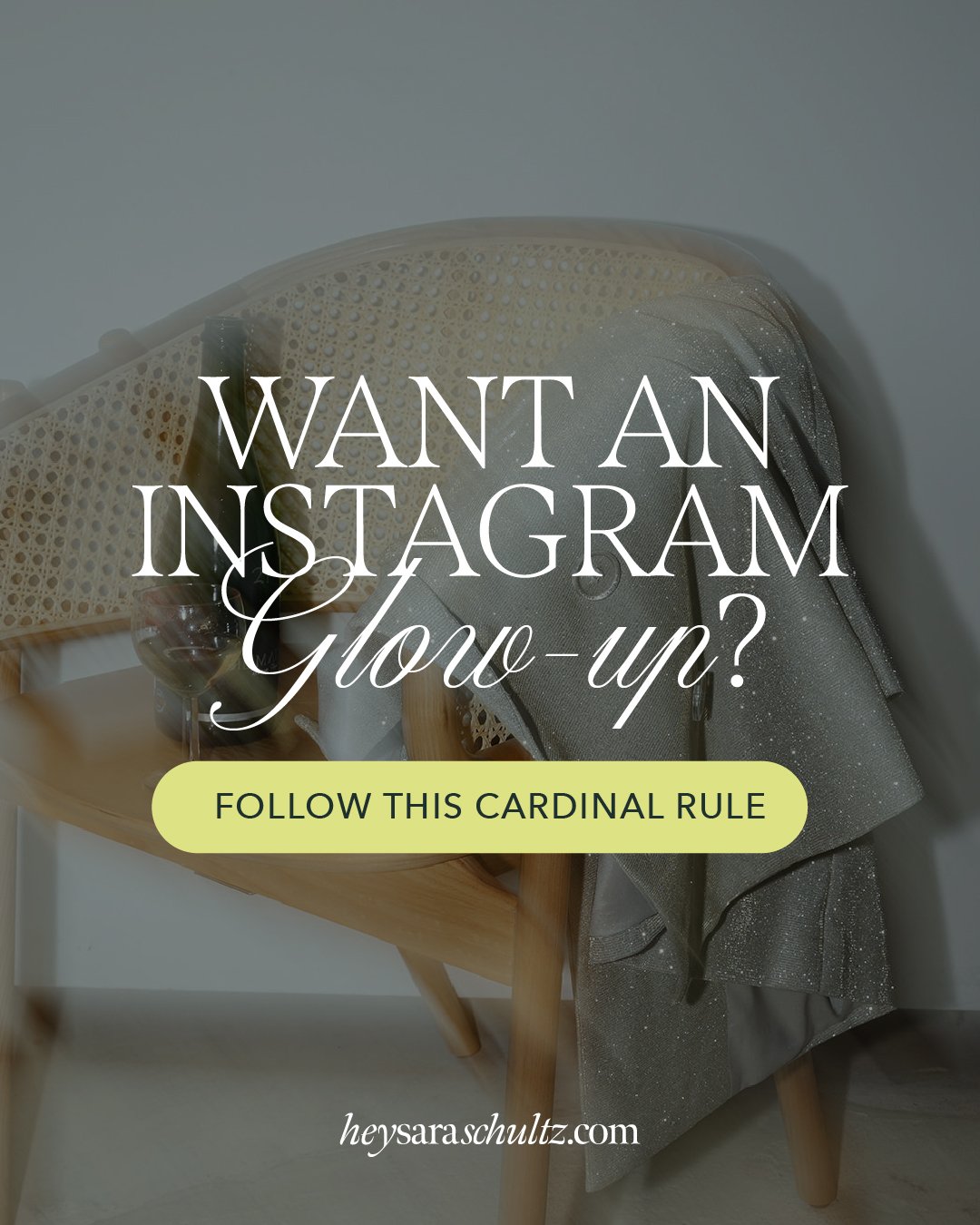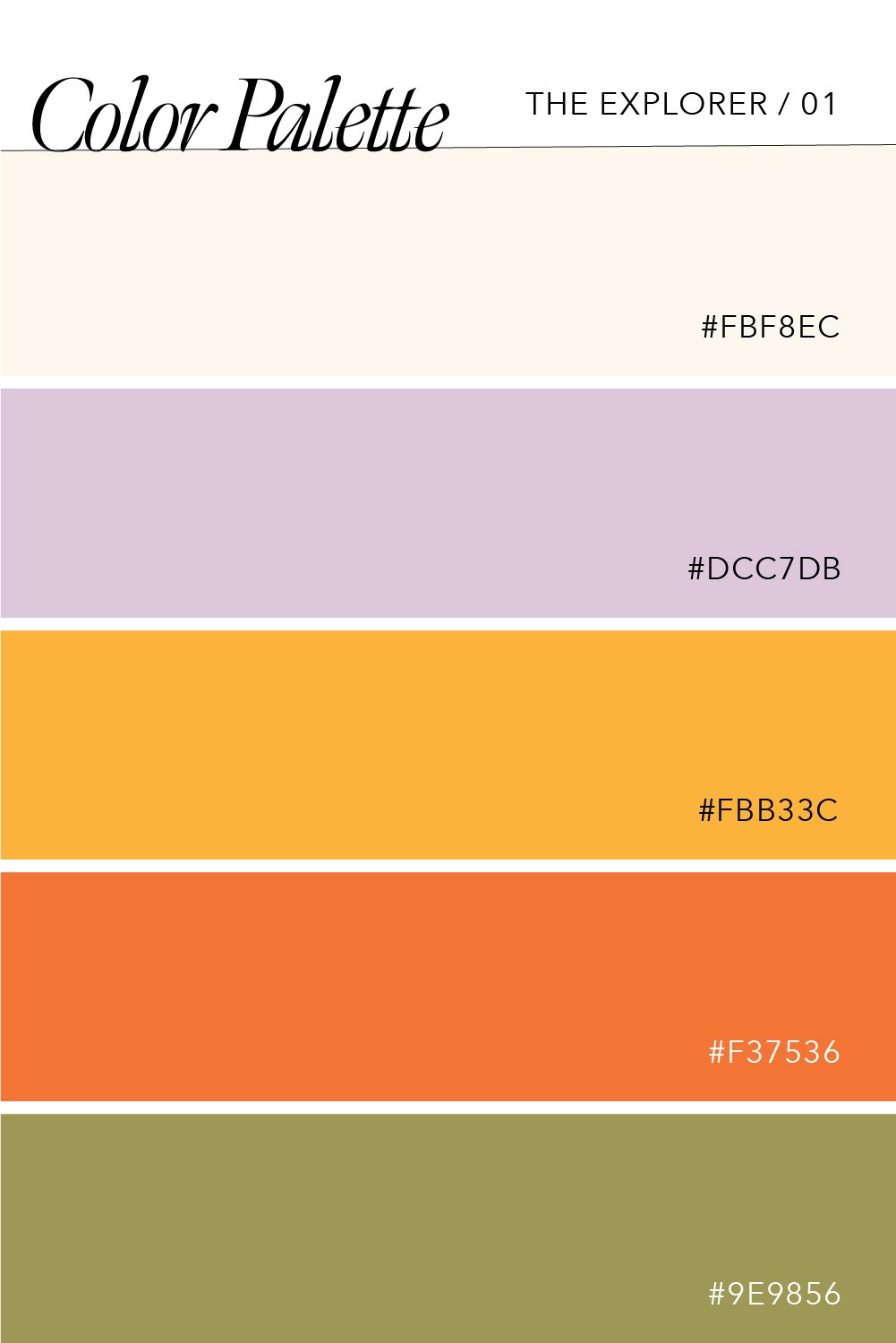16 Branding Terms to Know
I hear this all the time….. “Oh I have a logo already, I don’t need branding.”
When I hear this kind of statement, it’s always a good sign that we need to go over some key branding definitions and terms.
Because let’s level set something: your logo and submarks aren’t your branding. Your website isn’t your branding. Your business card isn’t your branding. These are all brand assets or pieces of brand collateral. They are all critically important, but they are not your branding!
So what is branding exactly? And what do you need to compel your dreamy client? Let’s explore some key branding terms and definitions that will help paint the picture of everything that goes into crafting a brand personality for your business.
Branding Definitions Glossary
This list of branding terms is meant to help you take your brand into the world, fully understanding exactly what the heck it is that you have in your toolkit. And, it can be a great starting point when working with a designer to make sure you’re getting all the brand assets you want (and need!).
Every designer's process is a bit different, but here is a little dictionary of my favorite terms I introduce to my clients and students. I hope it helps you keep it all straight, too!
Branding: Branding is the collection of visual elements that define the vibe, the feel, the look, and the spirit of your brand. Branding is more than just a logo or a brand color palette. Branding is the assets that convey the identity of your business to the customer. Branding creates and shapes the consumers impressions of your brand. Many of the following branding definitions are the individual pieces that compile and create your branding.
Main Logo: This is the primary mark of the brand. It is what is intended to be the customers first interaction with the brand. It is often a combination of iconography (art) and typography (words), but doesn’t have to have both elements.
Secondary Marks: These are marks that are simplified versions of the primary logo mark. These marks add variety and can be used in the full color palette.
Supporting Marks: Supporting marks are elements that are cohesive with the branding, but are not necessarily stand alone logos. They are marks that can be used as graphic elements, or they can be used in conjunction with the primary logo. The main logo should be used prior to introducing dreamy clients to your supporting marks. This is one of the often misunderstood or overlooked branding definitions, especially if you’re trying to DIY your branding.
Logo Variations: These are variations of specific logo marks. They are often similar, but add variety and versatility. Think of a stacked version and a vertical version of the same mark that works well in different layouts for different applications.
Submarks: These are often graphic elements that may or may not incorporate typography. Submarks are not intended to replace a main logo, but can be used once a consumer has previously been introduced to the main brand marks. They are often stripped down versions of the primary logo, and they are often a graphical representation of the brand, like an icon or illustration.
Wordmarks: Wordmarks are marks that utilize typography. They are unique, text-only versions of the brand name. Typically, wordmarks will align with your overall brand typography, which is another one of the brand definitions further down this list.
Brand Patterns: These are often used as backgrounds for social graphics, or as graphic elements in collateral. Developed to create visual movement and interest, patterns support your brand as additional secondary elements when paired with marks and brand photography.
Color Palette: These are the colors that the brand collateral can be produced in. They are often divided into Primary colors and Secondary Colors. Primary colors are used in the main logos and in the majority of collateral. Secondary colors are used as supporting colors to help accent or enhance the message. Tints and shades are typically welcomed as approved colors to use. Ideally, your brand colors, tints and shades - and their associated uses - will be outlined in branding style guidelines for your business.
Typography: This is the text and font choice for the brand, which includes hierarchy and clarity on what to use when and where. This may be one of the simplest branding definitions on this list, but typography is a key player when it comes to creating your visual identity.
Iconography: These are simple visual elements meant to enhance the message of the brand. They are graphic elements meant to be used in conjunction with other brand collateral.
Mood Board: This is the collection of inspiration that was collected in order to discover the vibe and direction of the branding. If you’re working with a brand identity designer, they will likely put together a mood board for your business when planning your brand collateral.
Taglines: These are simple messages that can be used along with logos. They are created using the brand typography and color palette. They help concisely and effectively share a brand’s core message or mission.
Style Guide: The style guide is the document that defines the “rules” that the brand must follow in brand collateral creation. Branding style guidelines make it easier to outsource design work and ensure that work is aligned with your brand.
Brand Photography: Brand photography is a collection of professional images that help to represent your brand visually. They might showcase you, your team, your location, services or products, and typically align with your visual brand through their use of colors, tone, props and more. Brand photography plays a key role in website design as well as graphic design for platforms like social media and email marketing.
Creative Direction: Creative direction is one of those branding definitions that can be a little hard to understand. Creative direction is the part of brand development that addresses the concepts and messages around a brand. It’s really a combination of many elements, including visual design, brand voice and marketing strategy. In our branding design agency, creative direction offers key strategies for brands who already have a brand in place, but need insight on a particular project or help putting their brand into practice in their business.
Putting Branding Definitions Into Action
So now that you understand these key branding terms, you’ve probably realized just how much goes into creating a brand for your business. And sure, you could work on creating all of these assets for yourself. But if you’re not a designer, then let’s face it: this is not your zone of genius.
The best way to put these branding terms into action in your business is to work with a brand identity designer. If that sounds like what your business needs, reach out to my agency team over at Free Afternoon™ today to get started.







